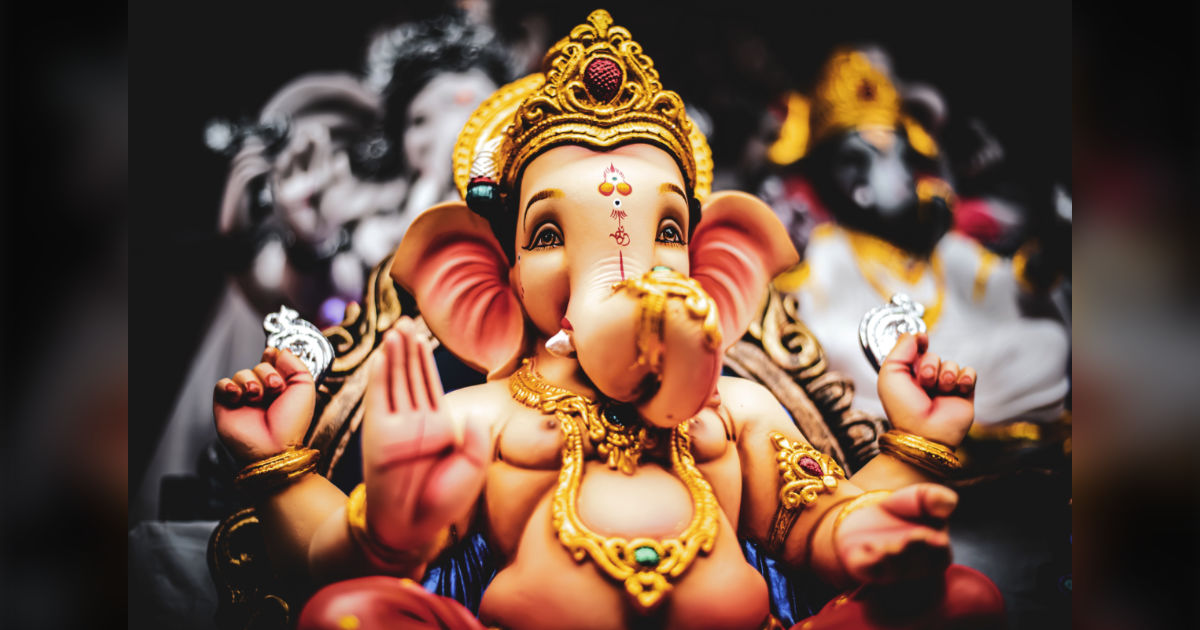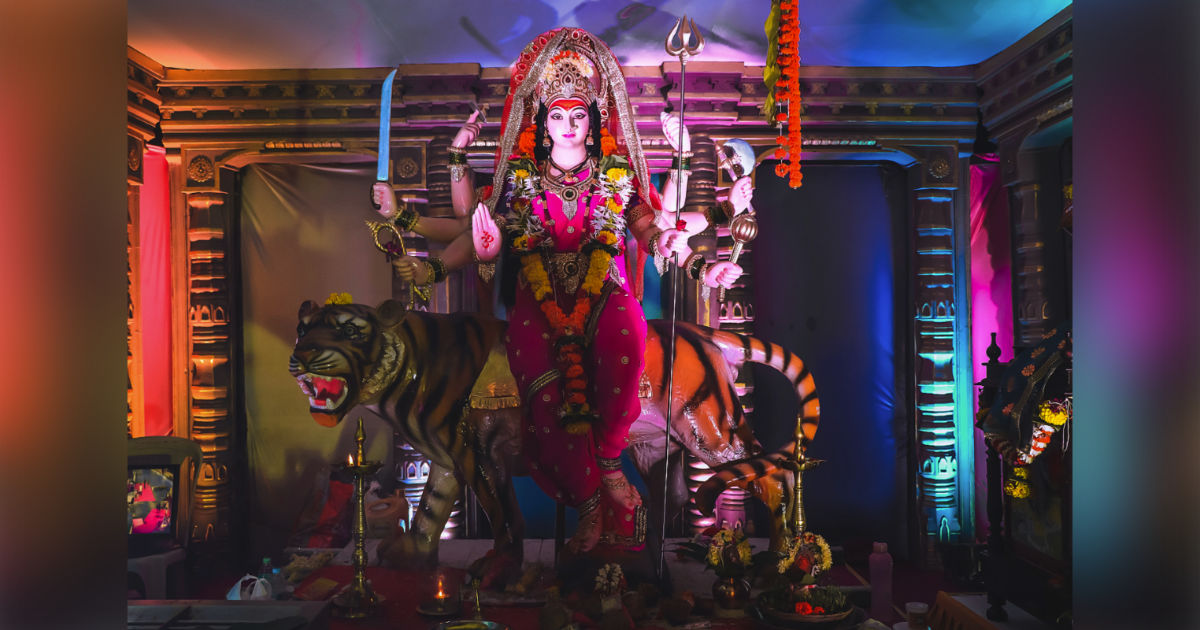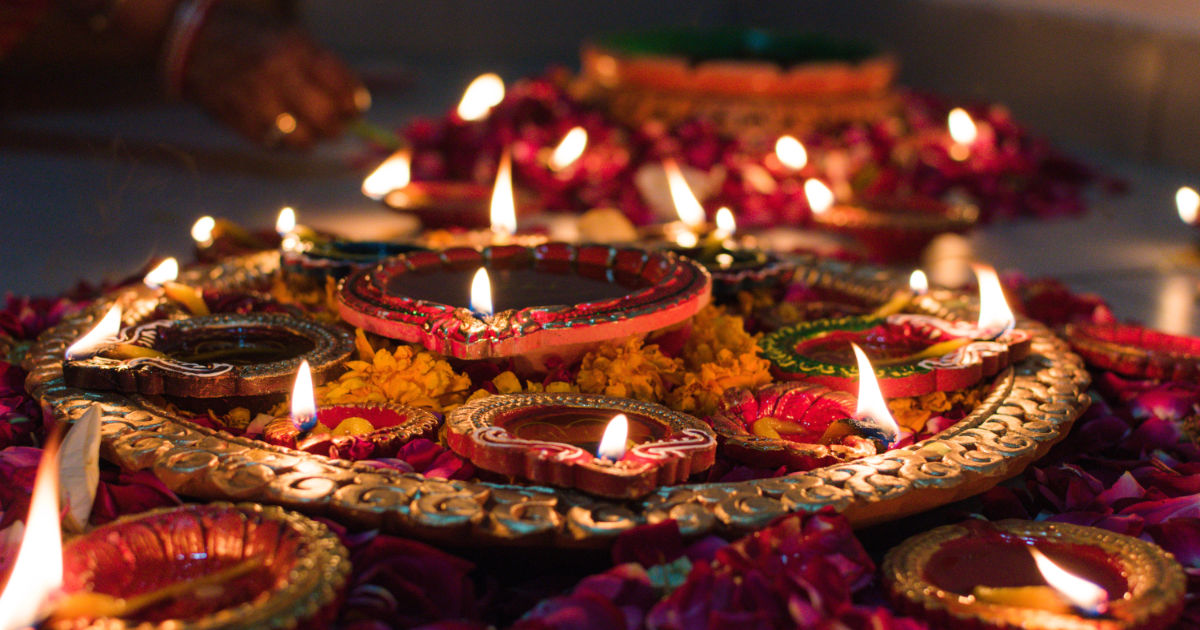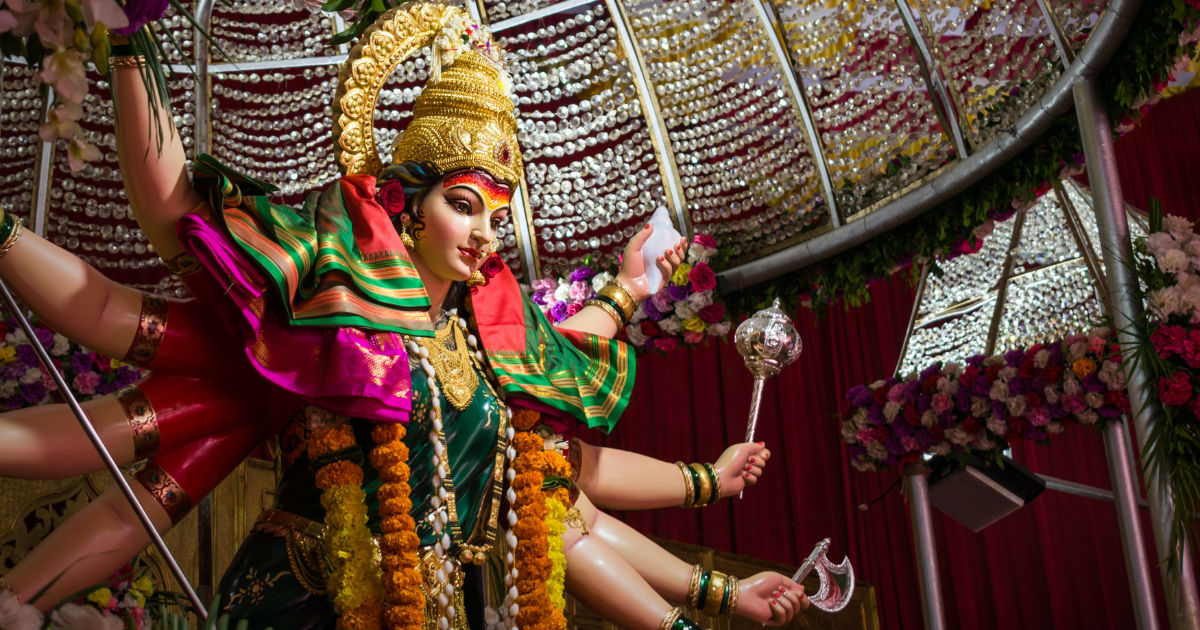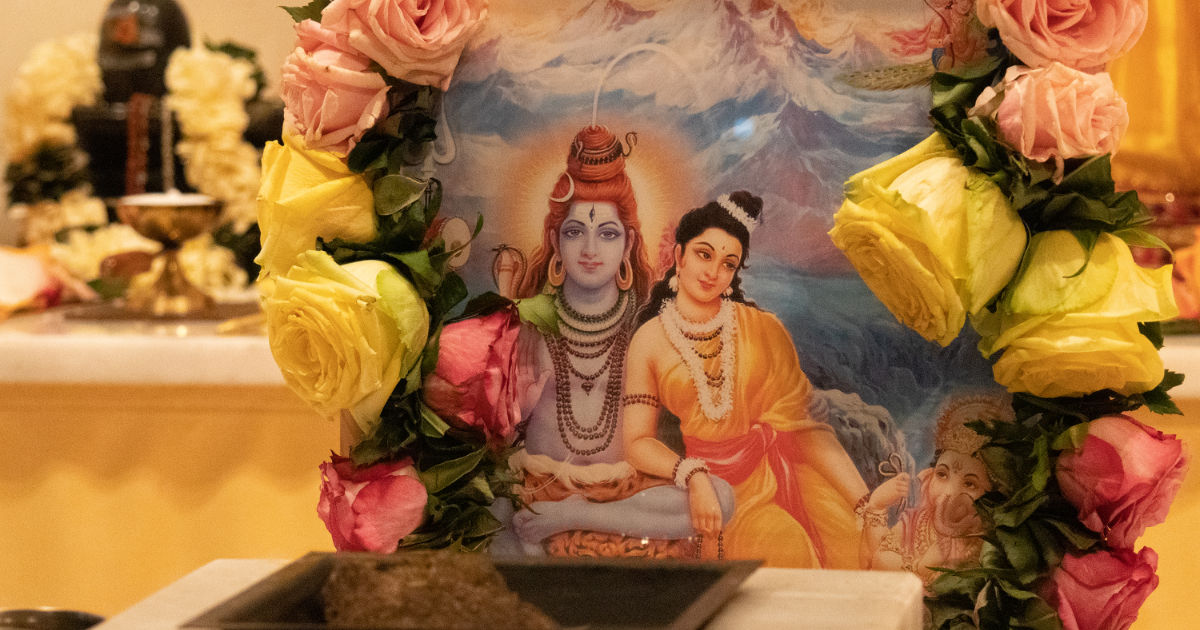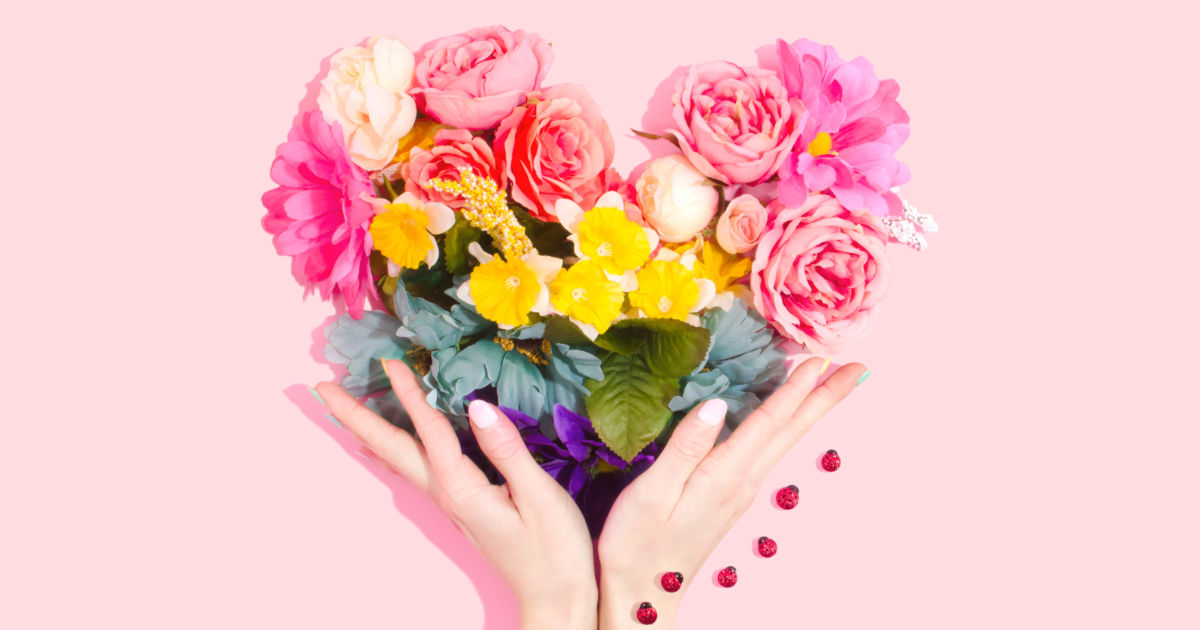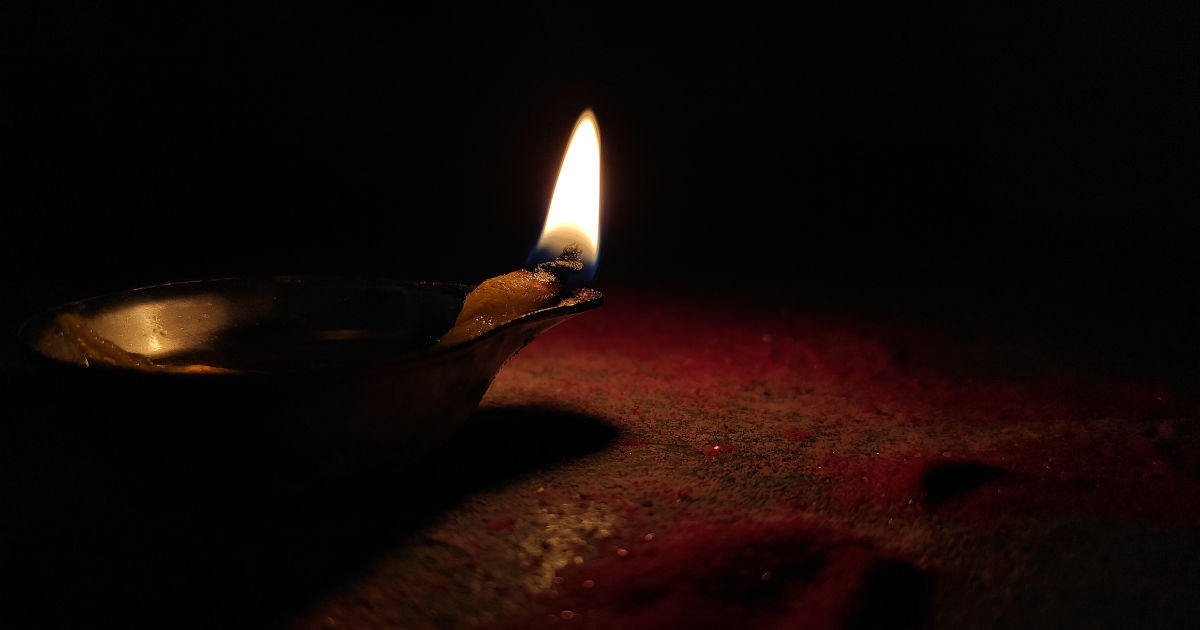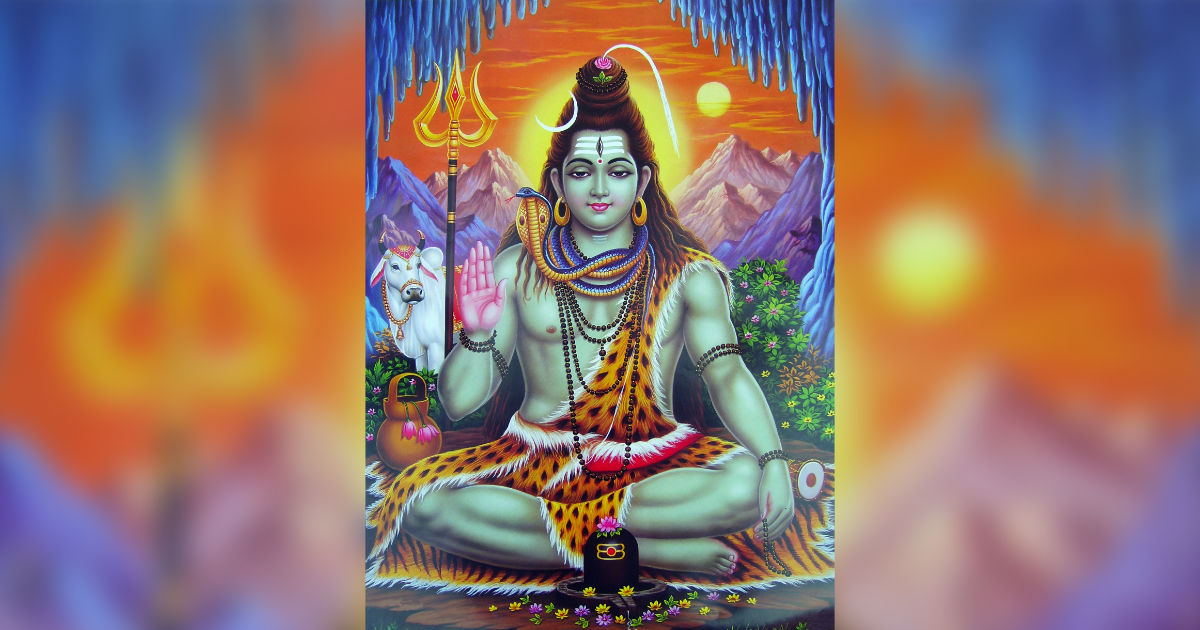Soundarya Lahiri means waves of beauty. It consists of two parts. Ananda Lahiri means waves of happiness (41 stanzas) and Soundarya Lahari (the next 59 stanzas). It is believed that Ganesha himself wrote the Ananda Lahiri on Mount Meru. The first 100 stanzas are considered the most spiritual verses ever written. It is said that all those who read this are awash with joyous happiness. Continue reading
Tag Archives: ganesha
786 – Ganesha, the remover of obstacles
Overeating, exertion, talkativeness, adhering to rules, being in the company of common people and unsteadiness (wavering mind) are the six (causes) which destroy yoga. Hatha Yoga Pradipika 1:15
I am quoting from Hatha Yoga Pradipika and my Guru, Sri Swamiji. Wednesday is Ganesha’s day. Ganesha is the remover of obstacles. All the habits which are described above are obstacles in our lives. We pray to Ganesha to guide us. However, our habits can be very tenacious and clingy.
Let us examine them one by one. Continue reading
765 – Sacred animals
All gods have Vahanas (transport) and they are animals and birds. Since they are used as a means of transport, they are considered sacred. The beast or bird which is the Vahana, the vehicle also indicates the temperament of the God. Continue reading
762 – Takeaway from Festivals
Growing up as children in India as a Hindu, one learns a great deal from our numerous festivals. It is not taught but one’s awareness becomes heightened watching family members. All the festivals are based on triumph of good over evil. I am sharing with you the history and background and how this becomes a part of one. Continue reading
758 – Hindu prayers
How do we look at the sun? When one wakes up in the morning, folding one’s hands with the eyes closed, facing the Sun is a powerful prayer. Next with eyes closed, rubbing the palms of the hands together and placing the warm palms on the eyes. It is a powerful practice. Everyone loves the sun and it is only in Hindu dharma, that the sun is described as the soul of the whole universe; sun is the source of for all living things. Continue reading
690 – Who is Ganesha?
We all have different ideas about him. We know that he resolves all obstacles. But do you know that when the dissolution of the universe occurred after the floods, there was complete darkness. This darkness lasted for millions of years. Continue reading
686 – Hindu Festivals are always joyous
Hindu festivals have no sadness, and our festivals celebrate triumph of good over evil, the expression of devotion to the deities and thanks for the harvests. Each festival centers around the rituals of prayer and seeking of blessings. This also entails new clothes, cleaning and decorating the homes and making sweets and savories for offerings. Feasting and dancing are present in many of the festivities. Continue reading
631 – What faith one belongs to
Why does one have to explain?
The Same God
Now there are varieties of gifts, the same Spirit; and there are varieties of service, but the same Lord: and there are varieties of working, but it is the same God who inspires them all in everyone. To each is given the manifestation of the Spirit for the common God.
1 Corinthians 12. 4-7 Continue reading
603 – Ganesha Meditation
Visualization in this meditation step by step.
Become aware of your mooladhara chakra. Concentrate upon it. It is at the tip of the cervix for females and between the anus and the scrotum for males. Gaze at the nose tip and practice nose tip gazing (Nasikgrah Drishti), which stimulates the mooladhara chakra. The mooladhara chakra restores your stability and balance. It grounds you. Stay with the sadhana for five minutes. Continue reading
596 – 5 sacrifices to offer
There are five sacrifices which we must offer daily and these are spoken about by all Gurus. There are five Gods also associated with the sacrifices.
- The Sacrifice to Rishi or Vedas, Rrushi Yajnya (sacrifice for the source of knowledge). Siva is source of knowledge and universal teacher.
- The Sacrifice to Devas or Deva Yajnya (protection for the environmental powers as Gods). Durga is an integration of all godly powers.
- The Sacrifice to Pitris or Pitru Yajnya (responsibility for the parents, ancestors and self-genetic system). Surya is a token of respect and remembrance to the ancestors and forefathers.
- The Sacrifice to Men or Nrru Yajyna (positive interaction with fellow human beings of the society). Ganesha is the God for this sacrifice and is associated with community activity.
- The Sacrifice to Bhutas or Bhoota Yajnya (care for the protection of biodiversity). Vishnu is the God for preserving the universe.
Each one of these has an outer and external meaning. Continue reading
504 – Mutual imperfection
It leads to acceptance of each other.
“Shiva, Parvati nu Saubhagya.” The meaning is: may you be as successful as Lord Shiva and Parvati in your married life.
Shiva and Parvati have been eternally married to each other. There is a divine strength which connects them.
Let us examine this heavenly relationship which consists of mutual imperfection leading to the union of prakriti (nature in all her aspects) and purusha (self, pure consciousness). Parvati is prakriti and Shiva is purusha. Continue reading
500 – Practice Atmabhava every day – Part 1
The practice of Atmabhava (love for humanity) is like being aware of all the gods 24/7. We have seven days in the week and each day is allocated to a God.
Monday is dedicated to Shiva. Devotees fast for the whole day and can have one meal only. Fasting starts after sunrise. After rising from the bed, one should meditate on Shiva. Then have a bath and offer prayers to Shiva and Parvati. If fasting, wear white clothes. White flowers and white food are offered. Benefit is to receive Shiva’s blessings. Continue reading
438 – Light and fragrance
Each mantra has its own fragrance. Those who chant AUM have known a certain fragrance. Similarly, each mantra has its own light. The light in a temple is not decided by external light but by inner light. Many of us sit drenched in brilliant lights and heavy fragrances and imagine that we are meditating. Continue reading
431 – Plant a tree in your heart
Today I saw a two-thousand-year-old tree. It was one of the most beautiful sights and stood like a Guardian, gentle and protective of all who came to admire and respect it. It was in Mexico, in the town of El Tule. This tree is called El Arbor del Tule. It is considered the fattest tree in the world; its trunk is fourteen meters in diameter. It is a Montezuma Cypress and has the world’s widest trunk. People come and pay homage to it. Its threat is local urban growth and excessive irrigation. Continue reading
355 – Why is the snake such a powerful symbol?
In Hinduism what does the snake signify? The snake represents ahamkara (ego). What happens when we prod a snake, it spreads its hood and attempts to attack us. Similarly, our ego is also affronted when someone is rude to us or says something unpleasant to us. Continue reading


